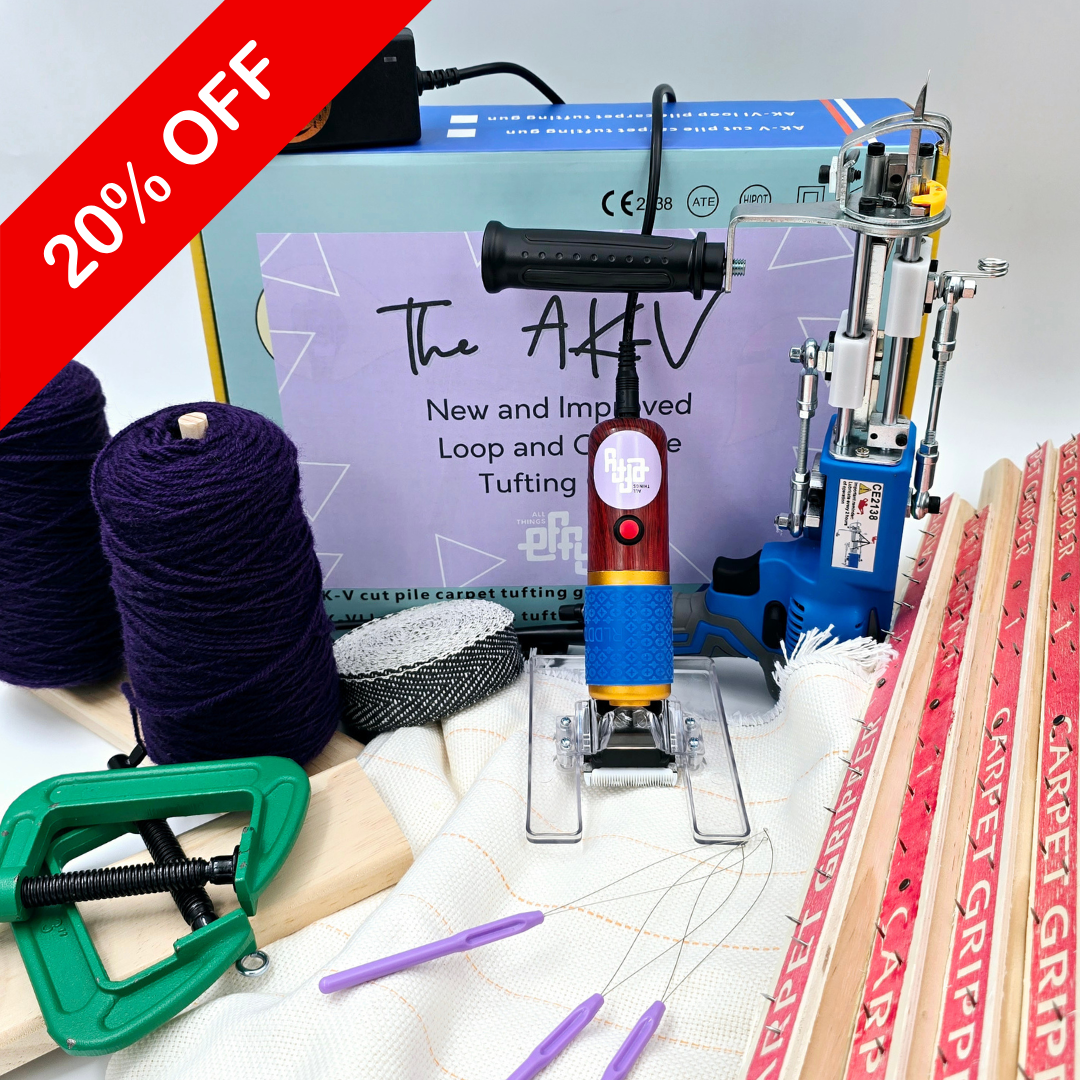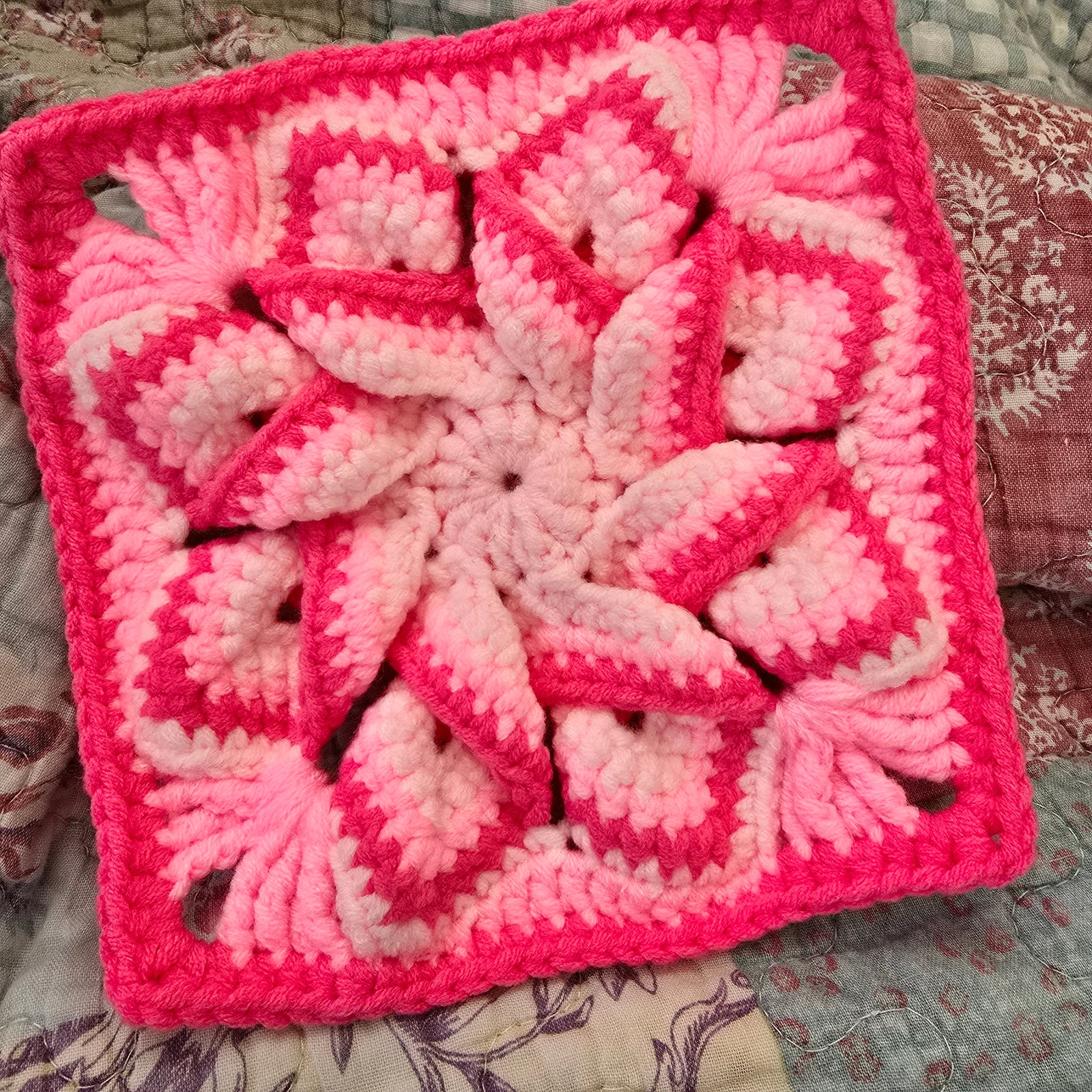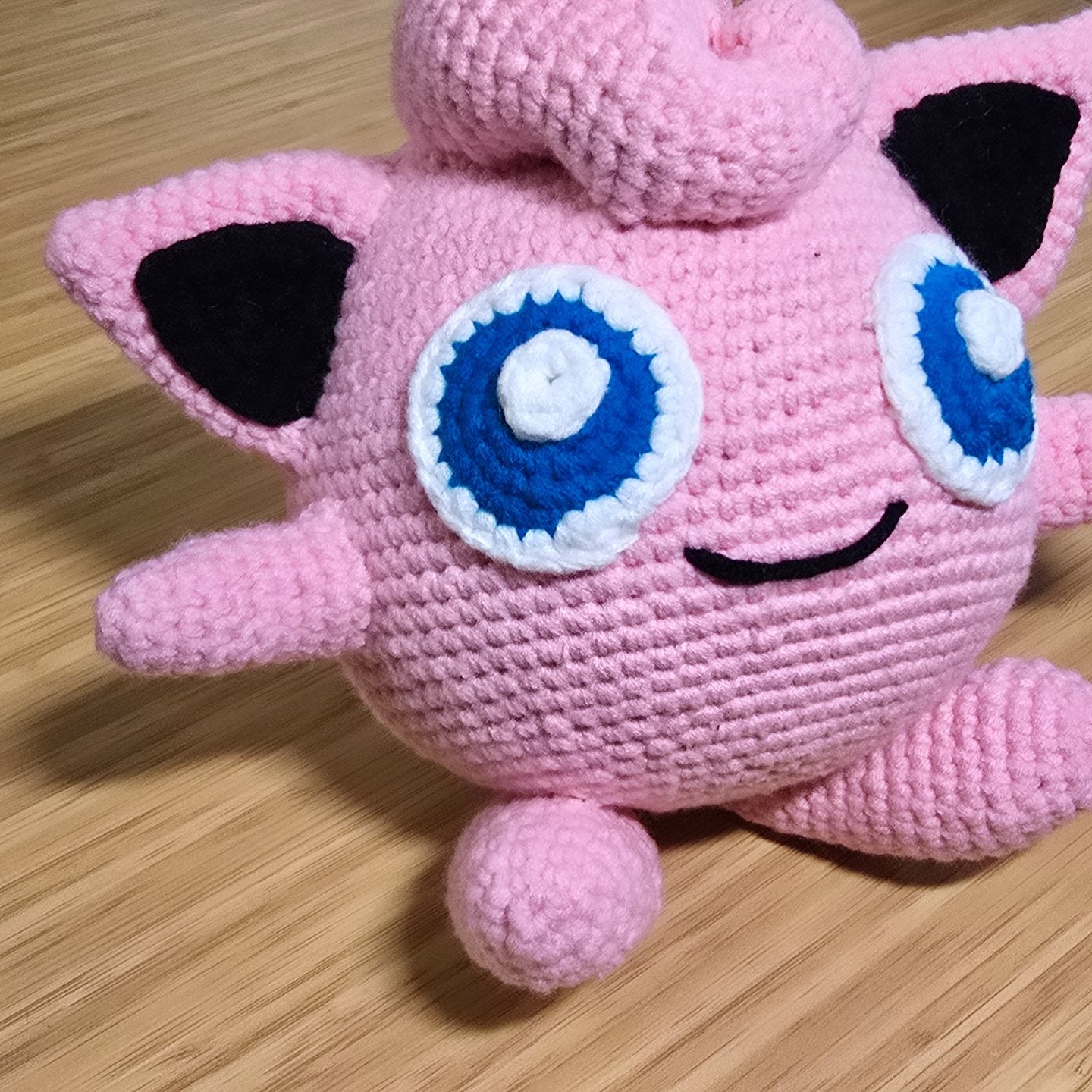Choosing the right yarn for rug tufting makes all the difference to how your finished rug looks, feels, and lasts. At All Things EFFY, we offer three main types of yarn — each designed to suit different projects, budgets, and preferences.
1. EFFY 100% New Zealand Rug Wool
This is our most premium yarn and the ideal choice for long-lasting, high-traffic floor rugs. Made from 100% New Zealand wool (primarily from Romney sheep), this fiber is strong, resilient, and naturally beautiful.
Wool has a springy structure that helps rugs bounce back after compression, meaning they’ll keep their shape and fullness for years — even decades — of daily use. It’s biodegradable, moisture-wicking, flame-resistant, and easy to vacuum or clean once your rug has been properly backed and sealed.
Our EFFY Rug Wool comes on 1.1 lb (500 g) cones and is available in a rich range of vibrant, saturated colors thanks to New Zealand wool’s naturally pure white base. It’s the most premium option we offer and an investment in a rug that will truly stand the test of time.
2. EFFY 100% Acrylic Rug Yarn
If you prefer a non-wool option or are looking for something slightly more affordable, we also sell EFFY 100% Acrylic Rug Yarn.
This is a high-quality, durable acrylic yarn specifically designed for rug making — not knitting. Knitting acrylics are made to be soft and light against your skin, not to be walked on. Rug-grade acrylic yarn has structure and strength — it’s engineered so your finished rug won’t compress or flatten over time, similar to wool.
EFFY 100% Acrylic Rug Yarn maintains its stiffness and body, which is exactly what you want for a high-traffic floor rug. It’s durable, easy to work with, and gives a clean, defined finish when shaved or carved.
Each cone weighs 8.8 oz (250 g), meaning you don’t have to overbuy for smaller projects. It’s available in 38 shades, perfect for both bold and subtle color palettes.
3. EFFY Cotton Blend Yarn (80% Cotton / 20% Acrylic)
EFFY Cotton Blend is excellent for beginners — it’s affordable, easy to work with, and ideal for wall hangings, decorative pieces, and low-traffic rugs.
For rugs that will be stepped on regularly, we recommend our EFFY Rug Wool or EFFY Acrylic Rug Yarn for better durability.
Each cone weighs 7 oz (200 g) and the yarn measures roughly 0.2 inch (5 mm) thick. Because of this thickness, you only need to use one strand at a time in your tufting gun. You may need to slightly adjust your gun’s tip size so the yarn feeds smoothly and doesn’t slip out, but you’ll quickly find what works best for your setup.
If you try using two strands at once, keep in mind that your latex backing adhesive may not penetrate the fibers as deeply — especially since cotton has less structure than wool or acrylic. We recommend tufting densely to compress the fibers together and create a plush, even finish.
Our EFFY Cotton Blend Yarn comes in over 75 brilliant shades, all consistently stocked throughout the year so you can reorder colors easily. Dye lots are usually very consistent, but we also mark the batch date on each cone for reference. If you’re concerned about color matching, we strongly recommend buying enough of each color upfront to complete your rug — it’s always easier than trying to find the exact batch later.
Having access to this many consistent, in-stock colors is one of the biggest benefits of EFFY Cotton Blend. You’re not wasting time driving between stores, hunting for missing shades, or dealing with discontinued colors. We maintain a stable range across every color family — greens, blues, reds, pinks, neutrals, and everything in between — so you can plan, design, and work with confidence.
Each cone sells for $10 USD, with bulk discount codes available when purchasing multiple units.
To put this in perspective: if you were using regular knitting acrylic yarn, you’d likely need around four skeins to match the yardage of one cone of EFFY Cotton Blend. With most acrylic skeins costing $3–$5 each, that’s $12–$20 total, compared to just $10 for a single cone of EFFY Cotton Blend — already wound, ready to tuft, and designed specifically for rug making.
It’s an affordable, practical, and reliable yarn for anyone wanting to start tufting without compromising on results.
Mixing Yarns
We don’t generally recommend mixing all three yarn types within one rug, as each has a different texture, sheen, and density — which can look uneven in cut pile. However, you can usually mix EFFY Rug Wool with EFFY Acrylic Rug Yarn for a similar feel, or EFFY Acrylic with EFFY Cotton Blend for a textured look. Just keep in mind that consistency is key if you want a smooth, even surface.
Learn More and Get the Swatch Cards
If you’d like a deeper look at the three types of yarn, check out our YouTube video, where we go through the benefits and structure of each yarn type in detail.
We also sell swatch cards for every yarn line we offer — and we highly recommend getting the Swatch Card Bundle. It’s the easiest way to color-match your projects accurately and reorder confidently.
Colors can always look slightly different on screens — everyone’s monitor or phone displays hues a bit differently — so having the real samples on hand saves time and ensures perfect matching every time.




